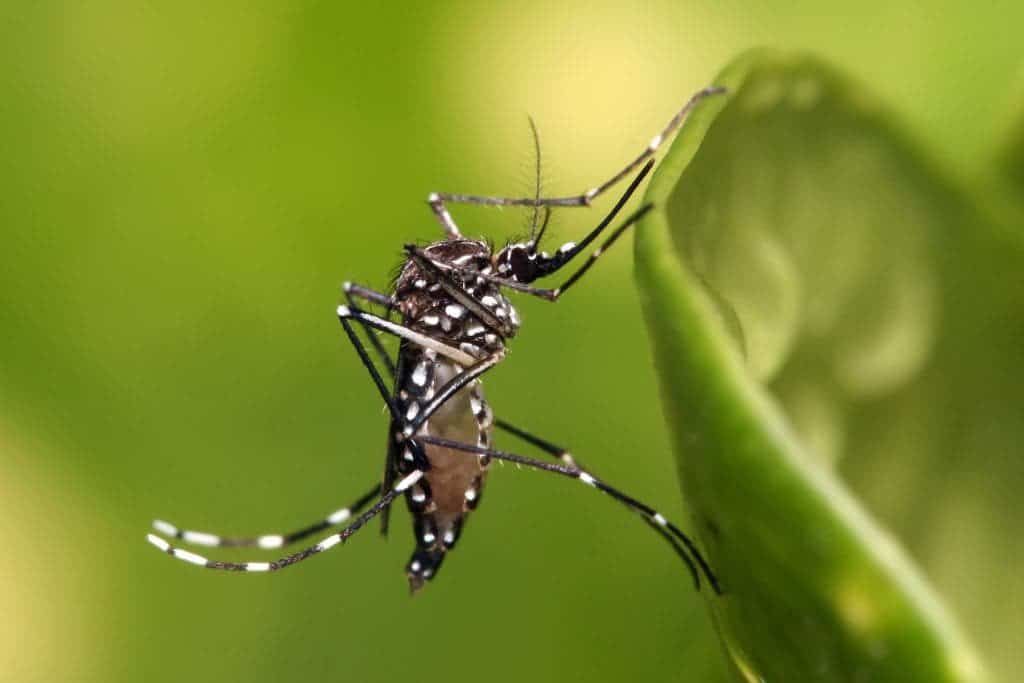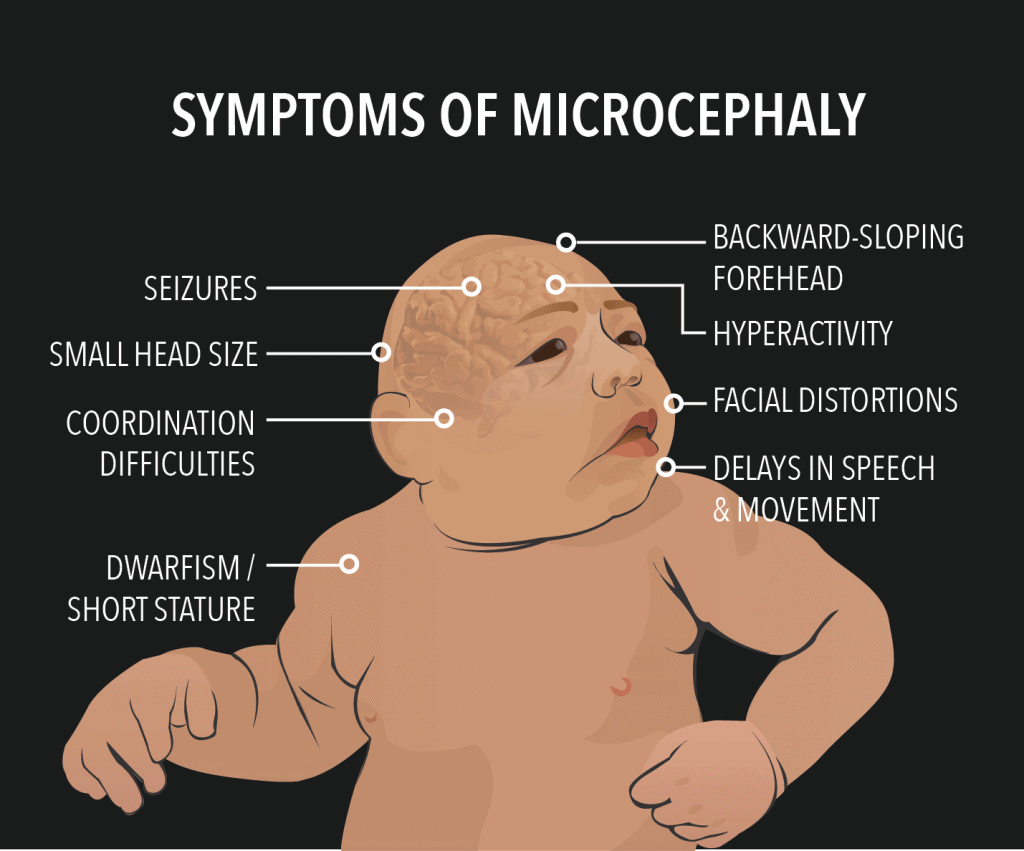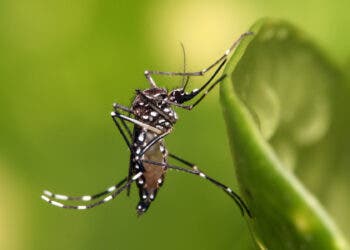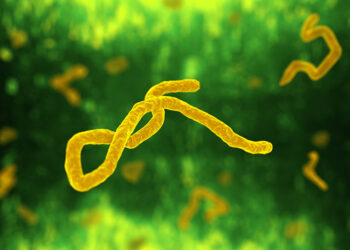Reminiscent of the 2014-2015 Ebola panic, news of the Zika epidemic has spread like wildfire. The virus, which was once a serious risk for expectant mothers in Brazil, may be well an “explosive pandemic” deserving of international attention from the World Health Organization (WHO).
What is Zika?

A virus transmitted primarily by mosquitoes, Zika may cause the infected person to develop symptoms such as fever, headache, joint pain, rash or conjunctivitis. However, only roughly 20% of those with the Zika virus are symptomatic.
This low percentage of symptomatic carriers is linked to much of the threat from the virus, as it makes it especially hard to follow and detect.
“In many ways the Zika outbreak is worse than the Ebola epidemic of 2014-15…[because] most virus carriers are symptomless. It is a silent infection in a group of highly vulnerable individuals — pregnant women — that is associated with a horrible outcome for their babies,” said Wellcome Trust head Jeremy Farrar about the virus.

The primary concern of the Zika virus is that correlates to birth defects in babies born to affected mothers. While the link has not yet been proven, infected unborn babies are at high risk to develop microcephaly. Microcephaly is a sometimes fatal disease, in which the affected baby’s brain is smaller than average, with underdeveloped functioning.
In 2014, the Brazilian Ministry of Health reported that Brazil suffered fewer than 150 cases of microcephaly in infants. From October 2015 through January 2016, however, more than 4,700 cases in Brazil are suspected. In the past year, reports of Zika infections have occurred in 21 different countries.

University of Texas Medical Branch scientists pilot the search for a cure to the virus, but no treatment has yet been discovered. A cure is of utmost necessity for those living in areas populated by the Aedes Aegypti mosquito. Developing a vaccine could take years, and testing it on pregnant women would make it an even higher-risk endeavor.
How does Zika spread?
Mosquitoes primarily transmit the Zika virus, and it’s mostly commonly been found in Brazil and equatorial climates.
A few cases have also documented sexual transmission of the virus. Experts recommend waiting to try to get pregnant for several weeks after returning from South or Central America. The delay is an extra precaution against having a baby with microcephaly.
The spread of the virus is limited by climate, by mode of transmission, by expiration of the virus in the blood of an affected person and by preventative measures the rest of the world can take in the meantime.
How does Zika compare to Ebola?
Unlike Ebola, Zika has not been reported as deadly to infected persons. Neither does it remain in a person indefinitely. So far, those infected with Zika appear to retain the virus in their blood for a week, and in semen for up to two weeks.
Reports of Zika outbreaks have increased at a staggering rate of 2500% from 2014 to 2016, however, leading the WHO to declare it a global public health emergency. The 4,700 reported cases of Zika in 2015-2016 still pale in comparison to the 11,000 deaths from Ebola in 2014-2015. The rate of increase may not bode well regarding the spread of Zika in the coming years, but fortunately the virus is not transmitted as easily person-to-person as Ebola.
How can you take precaution?
Pregnant women or those who may become pregnant are advised to steer clear of tropical countries. Couples are advised to wait one month before having unprotected sex after the man has been potentially exposed to the virus. Additional precautions include wearing bug repellant, emptying pools of standing water and covering up to prevent bites.
After a week of having the virus, infected persons should be fully recovered. However, many unknowns surround the disease — which is why exercising caution for a month following any travel to countries with reported Zika outbreaks is strongly recommended.
While the virus is spreading at an alarming rate, IFL Science writer Justine Alford also points out that infections will not always lead to an epidemic within a country or across the globe. Countries without carrier mosquitoes do not need to panic. However, prevention measures and additional studies are needed so that countries and organizations will be ready to react if the need arises.






